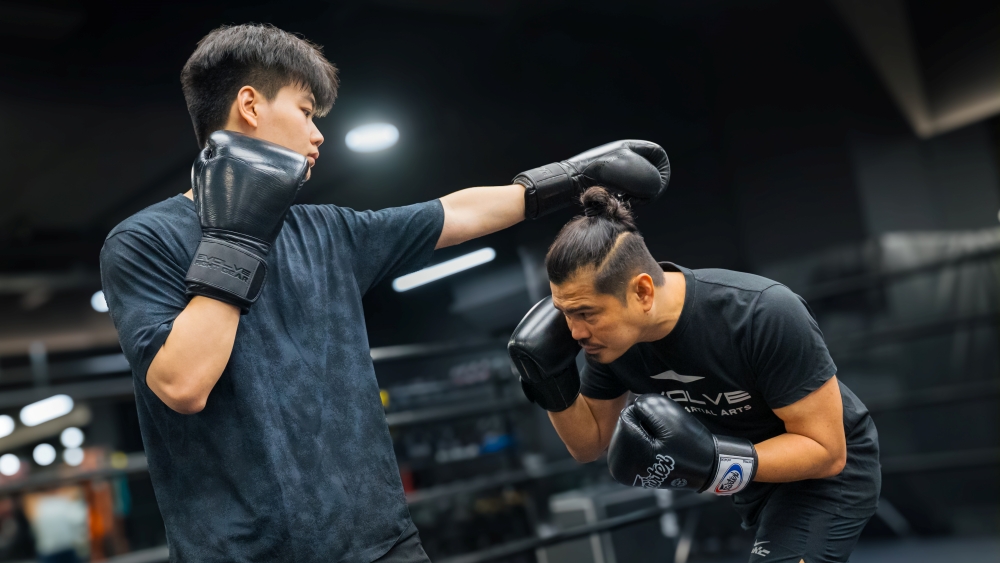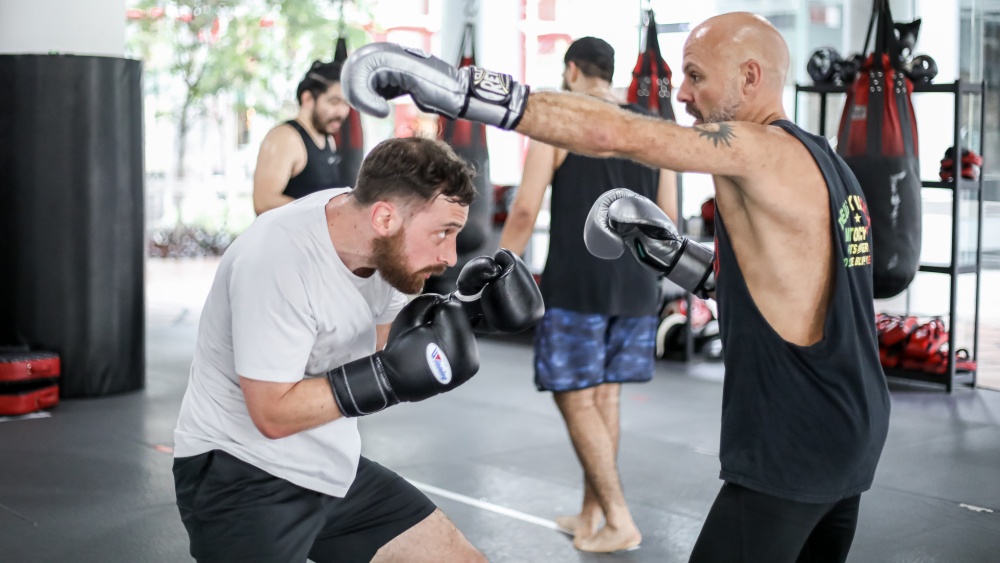Boxing often called the ‘sweet science’, requires a high level of skill to excel at the highest level. But other attributes like speed, power, balance, control, and endurance can also significantly impact the outcome of contests.
With that in mind, circuit training has long been a popular conditioning method among boxers, helping to improve their physical attributes so they can better complement their boxing skills.
Five Circuit Training Workouts That Will Make You A Better Boxer
Let’s go over some fun training circuits you should consider adding to your boxing training routine:
1) Explosive Power Circuit
Having lots of explosive power has never hurt a boxer’s performance inside the ring, so you need to dedicate some of your training time to exercises that help to increase your ability to move explosively. Being able to generate explosive power is the main physical attribute that allows boxers to score knockouts.
The key to getting the most out of this circuit is performing every station explosively. Here’s what it looks like:
- Box Jumps: Perform ten reps of box jumps to build explosive power in your legs. This will improve your ability to step in and out of your opponent’s range when sparring or fighting.
- Medicine Ball Slams: This exercise involves slamming a medicine ball to the ground as hard as possible. Perform at least ten reps before moving on to the next station.
- Kettlebell Swings: This exercise helps to increase explosive power in your hips and shoulders, increasing how much force your punches land with. Look to perform at least 15 reps.
- Plyometric Push-Ups: These are a lot like regular push-ups. The main difference is that you push off the ground with enough force that your hands leave the ground. It’s an effective way to increase explosive power in your chest, shoulders, and triceps, muscles that are engaged whenever you throw punches. Perform ten reps.
2) Endurance Circuit
Boxing isn’t just about how hard you can throw punches; it’s also about how long you can keep throwing hard punches before you get tired. There’s no worse feeling than feeling exhausted in the middle of a fight while the other person is trying to knock you out.
This circuit will help improve your cardiovascular endurance so you’re the boxer who’s still fresh while your opponent can barely hold their hands up.
Here’s what it looks like:
- Jump Rope: Start this circuit by skipping for two minutes. Jumping rope is one of the staples of boxing training as it helps to build up your cardio, coordination, and rhythm.
- Burpees: Burpees are arguably the best exercise for increasing cardiovascular endurance while getting a full-body workout. Anyone who wants to be in excellent shape should regularly perform burpees. Aim for 15 reps.
- Mountain Climbers: This exercise helps to improve your core strength, which is vital for boxers since you generate power with your feet and transfer it to your hands via your core. Perform mountain climbers for about 30 seconds before moving on to the next circuit.
- Bodyweight Squats: Close out this circuit by performing 20 reps of bodyweight squats to help strengthen your legs. Strong legs lead to more power in your punches. It’s why guys with tree-trunk legs, like Mike Tyson, hit so hard.
Look to complete this circuit three to five times with little or no rest between stations. Take a one-minute break once you’ve completed the circuit before starting over.
3) Core Strength Circuit
A strong core allows you to transfer power from your legs into your punches and helps absorb blows to the body. This circuit is designed to target your midsection from all angles.
Here’s what it looks like:
- Russian Twists: This exercise targets your obliques and helps to increase your rotational power, which is vital since boxers rotate their feet, hips, and torso when throwing punches to generate additional power. Look to complete 30 reps before moving on to the next station.
- Planks: Planks are great for your shoulders and help stabilize your core, improving your ability to stay balanced. Hold the plank position for at least a minute before moving on to the next exercise.
- Leg Raises: Leg raises target your lower abs. Aim for 15 reps to complete the station.
- Medicine Ball Sit-Ups: This makes the conventional sit-up more challenging since you have to carry the extra weight of the medicine. Look to replace conventional sit-ups with these if you no longer find them challenging. Perform 20 reps before getting some rest and repeating the circuit.
Rest for a minute after completing the circuit and try to complete three to five rounds. You’ll have six-pack abs in no time, you’ll punch harder, and you’ll be able to take punches to the gut.
4) Speed Circuit
Many in the boxing world will argue that speed beats power anytime, and it’s hard to argue with that assessment given how dominant fast boxers like Floyd Mayweather Jr., Manny Pacquiao, and Sugar Ray Robinson were during their primes. How much power you have doesn’t mean much if your opponent can land punches and retreat to a safe distance before you can even react to them.
Let’s take a look at our speed circuit:
- Shadowboxing: Pick up a pair of light dumbbells and shadowbox for two minutes.
- Sprints: Run as fast as you can for 30 seconds to complete this station. Sprinting mimics some of the quick movements you’ll have to make inside the ring.
- Speed Bag: Work on a speed bag for a minute to improve your hand speed, timing, and hand-eye coordination.
- Ladder Drill: Spend 30 seconds working your way through an agility ladder while moving as fast as possible.
Rest for about 30 seconds while going through this circuit, and aim for three to four rounds.
5) Agility Circuits
Footwork is the foundation of any success you enjoy inside the ring. You can’t get much done against a skilled boxer if you don’t have fast feet.
Here’s what our agility circuit looks like:
- Ladder drills: Speed through an agility ladder, executing forward, backward and lateral shuffles, to improve your footwork.
- Cone Drills: Set up some cones and shuffle around them as if you were trying to evade an opponent inside the ring.
- Lateral Jumps: Perform 15 reps of lateral jumps to increase your ability to move laterally.
- Pivot And Jab: Throw your jab while pivoting to improve your ability to time your punches with your footwork. Keep going for a minute.
Rest for a minute after the circuit and repeat the circuit three to four more times.
Make Circuit Training A Regular Part Of Your Workouts
Enhance your boxing game by incorporating these targeted circuit training workouts, designed to boost your power, speed, endurance, and agility. Whether you aim to improve your knockout potential or sharpen your footwork, these circuits can help you take your performance to the next level.
You may also like:
What You Need To Know About The Red Zone Conditioning For Boxers

















